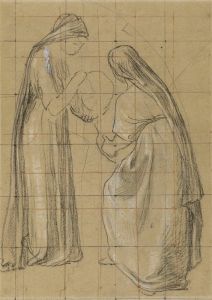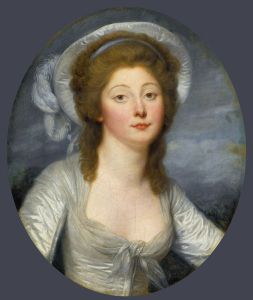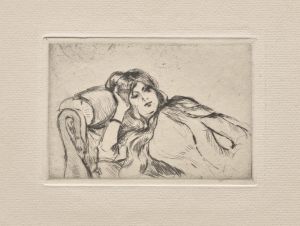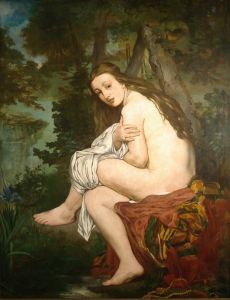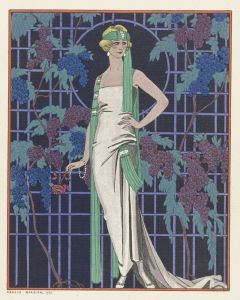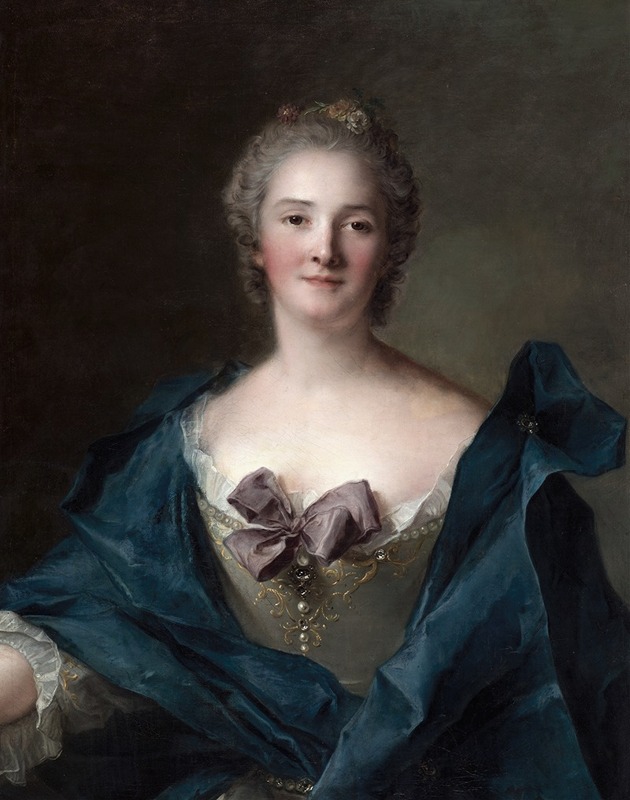
Portrait of a Woman
A hand-painted replica of Jean-Marc Nattier’s masterpiece Portrait of a Woman, meticulously crafted by professional artists to capture the true essence of the original. Each piece is created with museum-quality canvas and rare mineral pigments, carefully painted by experienced artists with delicate brushstrokes and rich, layered colors to perfectly recreate the texture of the original artwork. Unlike machine-printed reproductions, this hand-painted version brings the painting to life, infused with the artist’s emotions and skill in every stroke. Whether for personal collection or home decoration, it instantly elevates the artistic atmosphere of any space.
Jean-Marc Nattier's Portrait of a Woman is a painting created by the French Rococo artist, who was renowned for his portraits of women from the French aristocracy. Nattier (1685–1766) was celebrated for his ability to blend idealized beauty with a sense of individuality, often portraying his sitters in allegorical or mythological guises. This particular work exemplifies his skill in capturing the elegance and refinement of his subjects, hallmarks of the Rococo style.
The painting depicts a woman, whose identity remains unknown, dressed in luxurious attire that reflects the fashion of 18th-century France. Nattier often painted his subjects with a soft, luminous quality, and this work is no exception. The sitter's delicate features, graceful pose, and the intricate detailing of her clothing and accessories highlight Nattier's technical mastery. The use of light and color in the painting enhances the overall sense of sophistication and charm, characteristics that were highly valued in portraiture of the period.
Nattier's portraits were particularly popular among the French nobility, and his works often served to emphasize the wealth, status, and cultural refinement of his patrons. While many of his paintings include allegorical or mythological elements, it is unclear whether Portrait of a Woman contains such symbolism, as the focus appears to be on the sitter's elegance rather than a specific narrative or theme.
The exact date of the painting is not documented, but it is consistent with Nattier's mature style, which flourished during the 1730s and 1740s. During this time, he was a favored portraitist at the French court, creating works for figures such as Madame de Pompadour and other prominent women of the era. However, without further information about the sitter or the circumstances of the commission, it is difficult to place this painting within a specific context in Nattier's career.
Today, Portrait of a Woman is appreciated as an example of Nattier's contribution to the Rococo movement and his ability to immortalize the grace and poise of his subjects. The painting is held in a private collection or museum, though its current location is not specified in available records. As with many works of art from this period, it continues to be studied for its artistic and historical significance.












